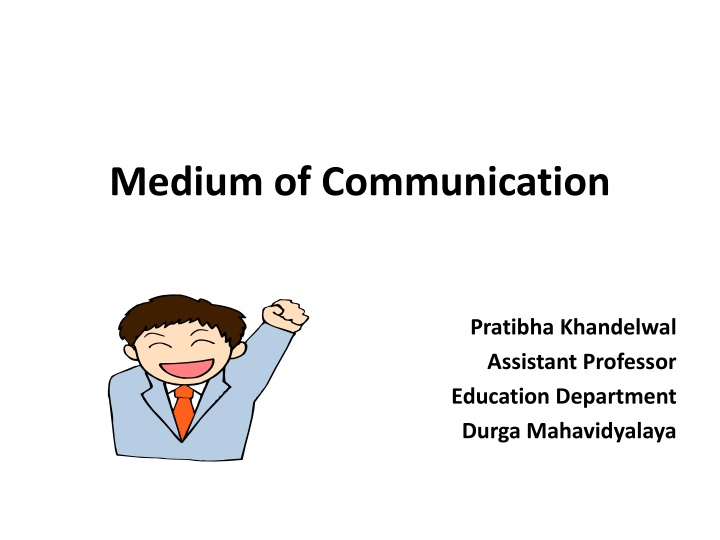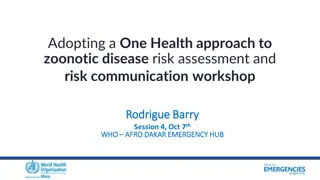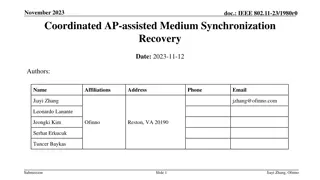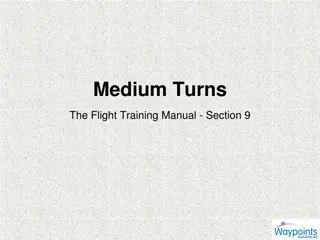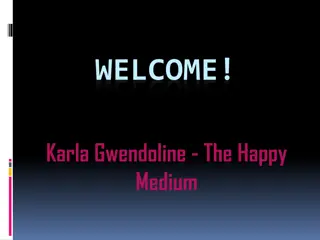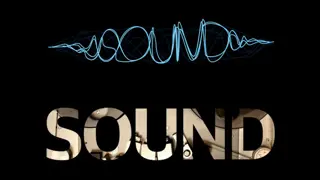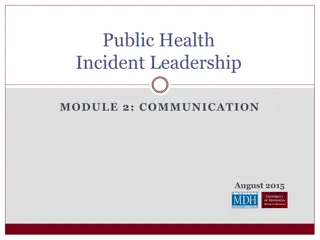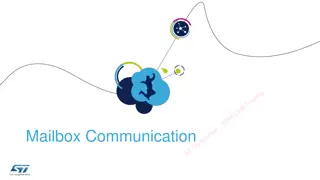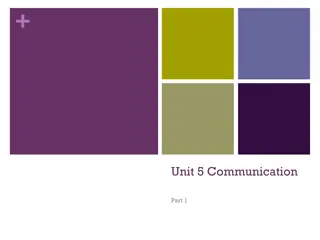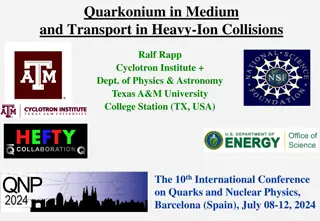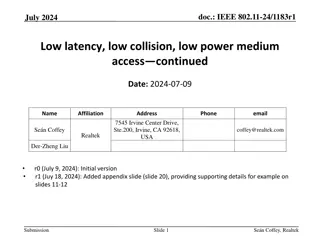Medium of Communication
Communication plays a crucial role in various aspects of life. Understanding different mediums, verbal and non-verbal communication, and sign language can enhance our ability to convey and interpret messages effectively. This comprehensive guide explores the significance of communication, discussing various methods, including verbal and non-verbal aspects. Learn about the nuances of body language, paralanguage, and the impact of different communication mediums on message delivery and reception.
Download Presentation

Please find below an Image/Link to download the presentation.
The content on the website is provided AS IS for your information and personal use only. It may not be sold, licensed, or shared on other websites without obtaining consent from the author.If you encounter any issues during the download, it is possible that the publisher has removed the file from their server.
You are allowed to download the files provided on this website for personal or commercial use, subject to the condition that they are used lawfully. All files are the property of their respective owners.
The content on the website is provided AS IS for your information and personal use only. It may not be sold, licensed, or shared on other websites without obtaining consent from the author.
E N D
Presentation Transcript
Medium of Communication Pratibha Khandelwal Assistant Professor Education Department Durga Mahavidyalaya
Medium of Communication Communication is possible through vast variety of media. The communicator has to be very careful and judicious in the choice of the medium, which depends upon Intellectual levels of the receivers Urgency and confidentiality Expenditure involved Nature of information (lengthy, complexity) Need for record, direction of flow
Media of Communication Media of communication verbal Non -verbal Sign Body language para language Space language Time language Oral Written Silence Artifactual language Audio Visual
Verbal Communication The form of communication in which words are involved either spoken or written. Oral Communication Written Communication 1. Saves Time and money 2. More forceful 3. Conveys shades of meanings 4. Immediate feedback 5. Immediate clarification 6. More effective 7. Can be informal 8. Good for interpersonal relation Accurate Precise Permanent record Legal document Formal and authoritative Suitable for complex data Suitable of statistical data Can reach large audience
Non-verbal Communication When the communication is transmitted without the use of words it is called non-verbal communication It is spontaneous It carries cultural bias It co-exists with verbal communication It is more reliable than verbal It needs to be interpreted in context It is not suitable for complex messages
Sign Language Visual Signs http://t0.gstatic.com/images?q=tbn:ANd9GcSd9DclYdS6rupSy0Xj-FLYCSZCzqxMA7dr9Pz5Kt03QEZfB8_uEyTdqnk http://t3.gstatic.com/images?q=tbn:ANd9GcTUsCefiEStsCN0M4tlUGx28gtqWtNCOsD4B9giLGrosC_VbLq8LztBTBk http://t1.gstatic.com/images?q=tbn:ANd9GcRwONij74rGwyFMFLxSN_wfnBPMWkFG5KYY9lKX-s02H1IEyVotqj7F5bE Audio Signs Hooters, Alarms, Sirens .
Body Language(Kinesics) Body language includes Facial expression Gestures Body movements Posture Eye contact Touch Words 7% Tone 36% Body Language 57% Body Language Tone Words
Paralanguage It suggests not what is said but how it is said. It refers to vocal characteristics like Tone (gentle, sarcastic, angry ) Pitch (if constant, produces monotony) Pauses (at right places is important) Stress (important words should be stressed) Speed of delivery (fluency is not speaking fast) Speech breakers (oh, er, uh ..) I have never seen you dressed so smartly before. Mary is very punctual, in coming late.
Space Language(Proxemics) The space between two interacting person defines the level of intimacy between them. It is of four types Intimate Zone ( 0 to 18 inches) Friendly Zone (18 to 4 feet) Social Zone (4 to 10 feet) Public Zone (over 10 feet)
Time Language(Chronomics) Time influences the communication process in the subtle manner. How people handle time reflects on their personalities.
Silence Silence is more eloquent than words. What it means depends upon the context. It is most suitable for responses like fear, respect .
Haptics This is one of the earliest methods among human beings. A gentle pat on the back, a warm hand-shake or simply holding hands can express more than lengthy speech. Mothers, lovers and teachers use touch effectively http://t3.gstatic.com/images?q=tbn:ANd9GcTDicIwqokqBxJvT7dhXwWd6VKqbhLPKnPmxnAW0q7iQpur7d3zhugQBP4 http://t1.gstatic.com/images?q=tbn:ANd9GcTtFz0XRBDGoxnhdPYxVcEybxk_E-8ymzZTFimAwXObVBskR4500E5e7w
Artifactual Communication It includes Physical setting of the room/office Dress and accessories Choice of colors Red: passion, love Blue:: calmness Green: coolness Black: sadness Orange: sacrifice White: purity
Thank you http://t2.gstatic.com/images?q=tbn:ANd9GcRx_l7XW6gKk-Kh5oYwUlubsloJBNwIA3fz_NkmlQ9PXdTmButDqCk2sE0
